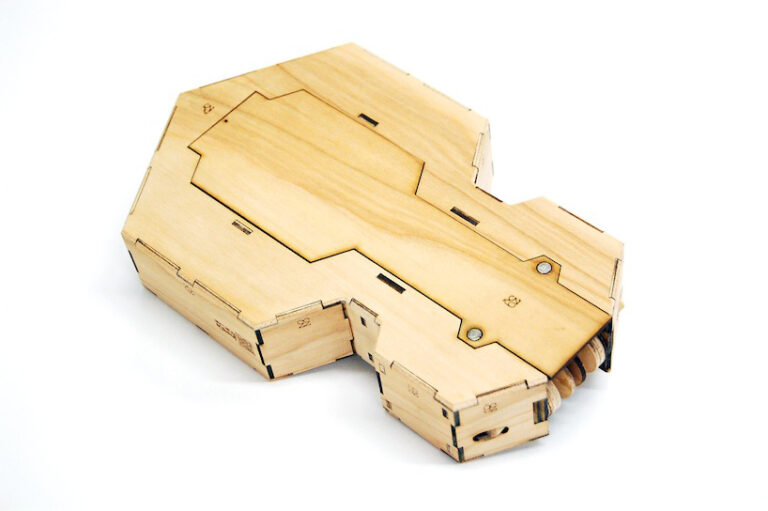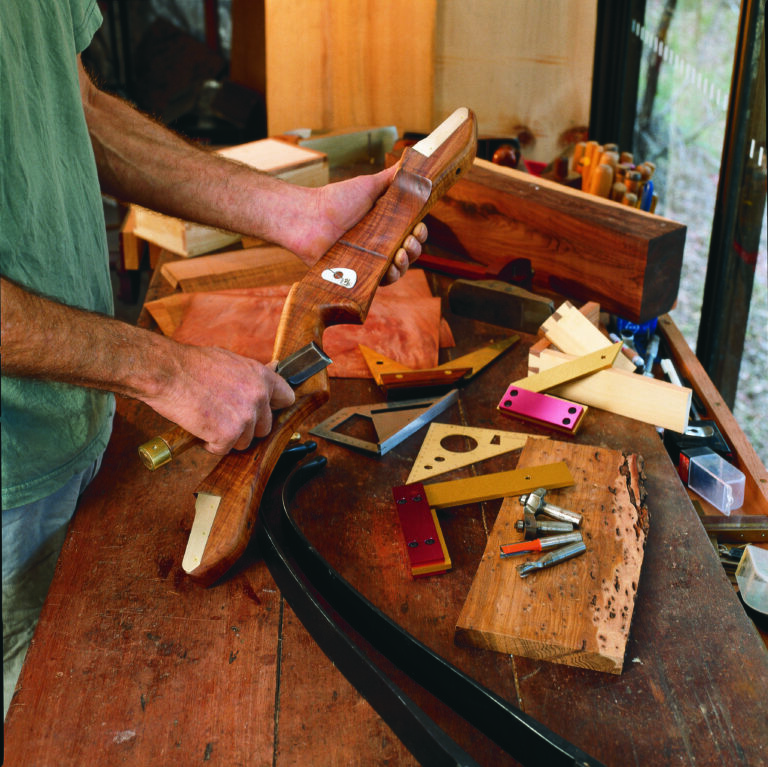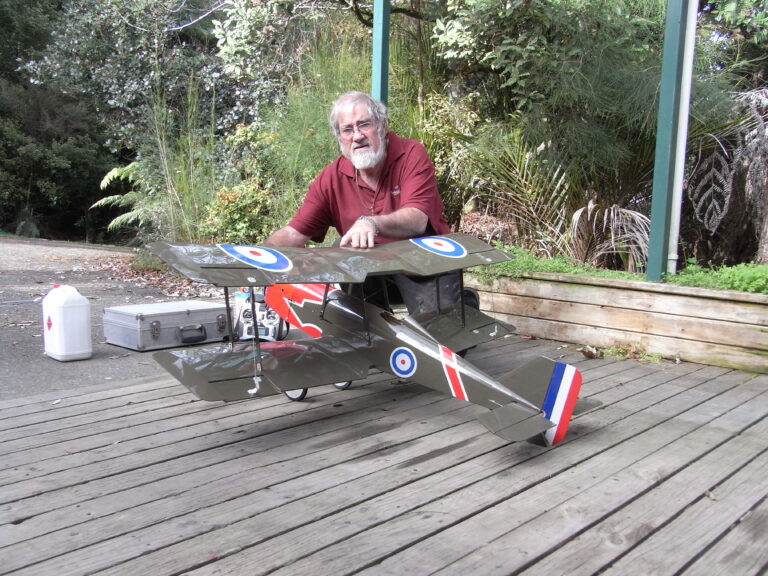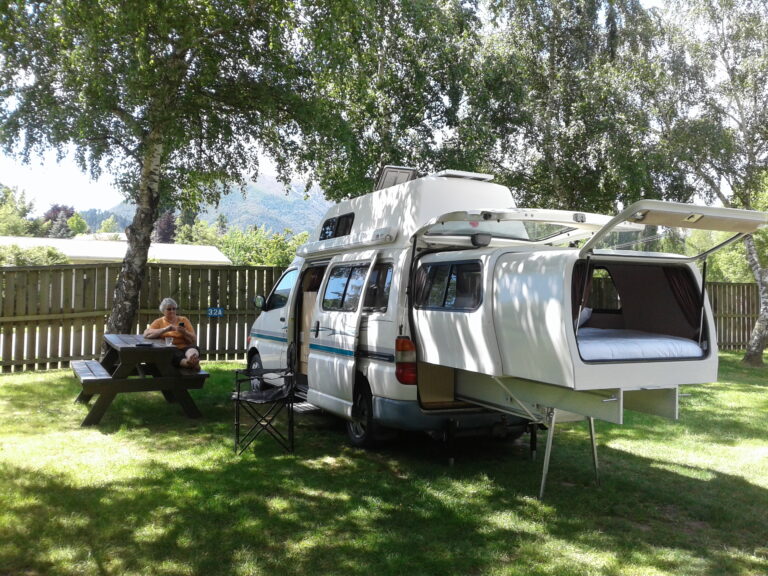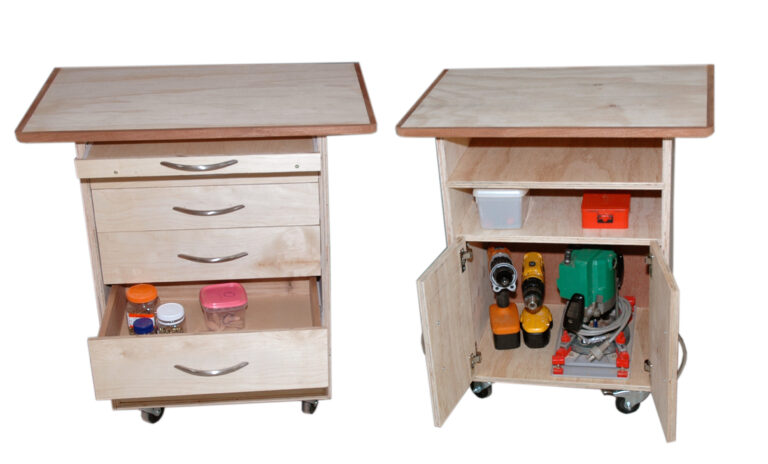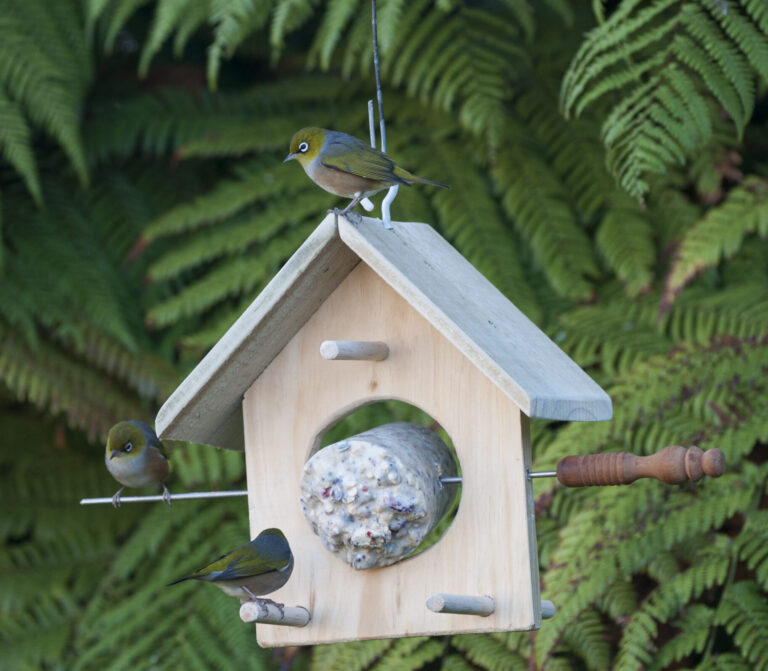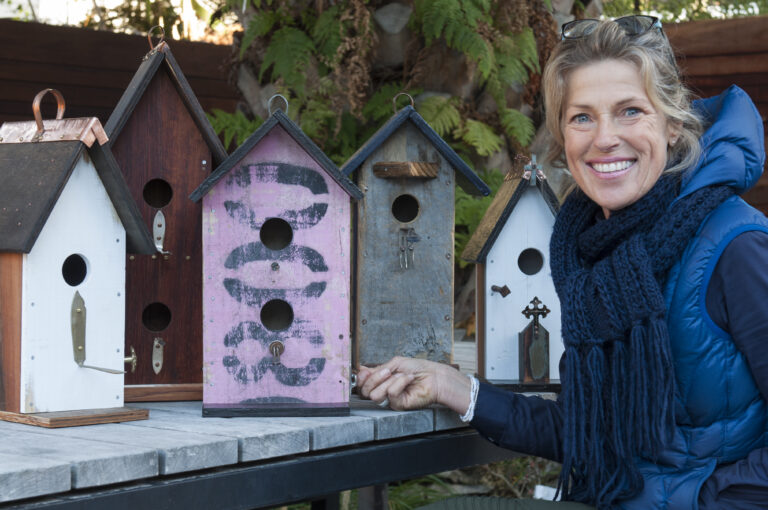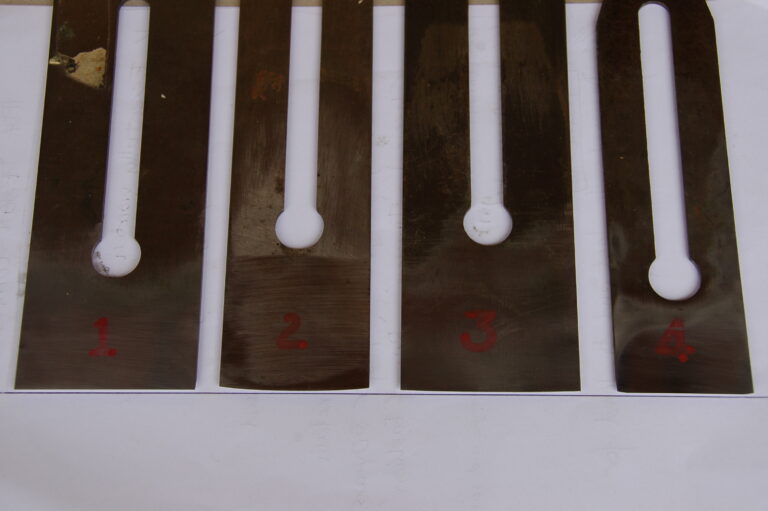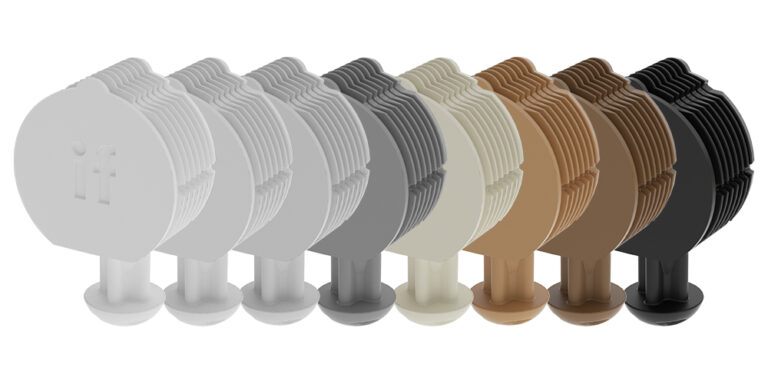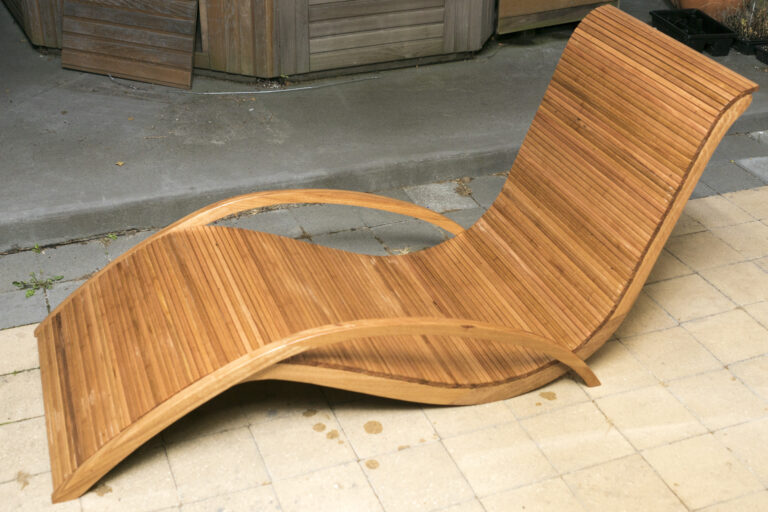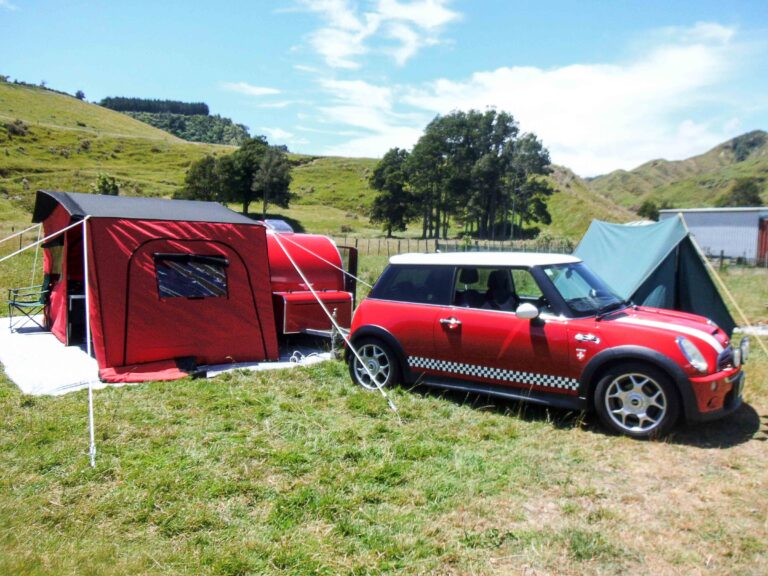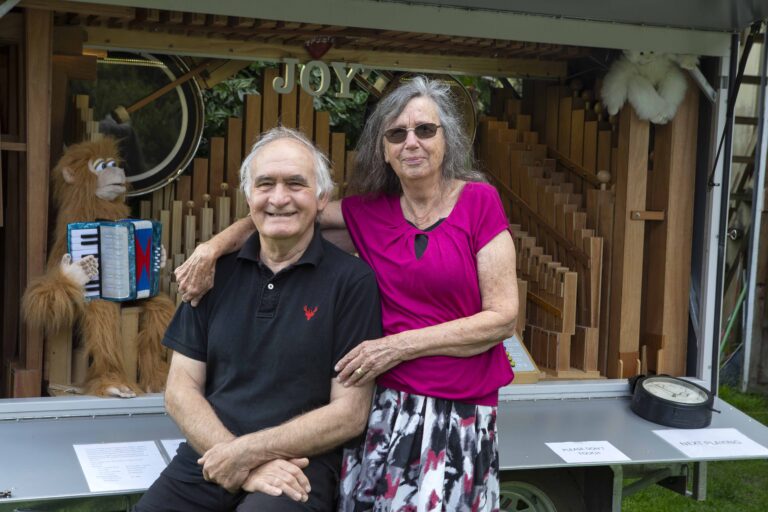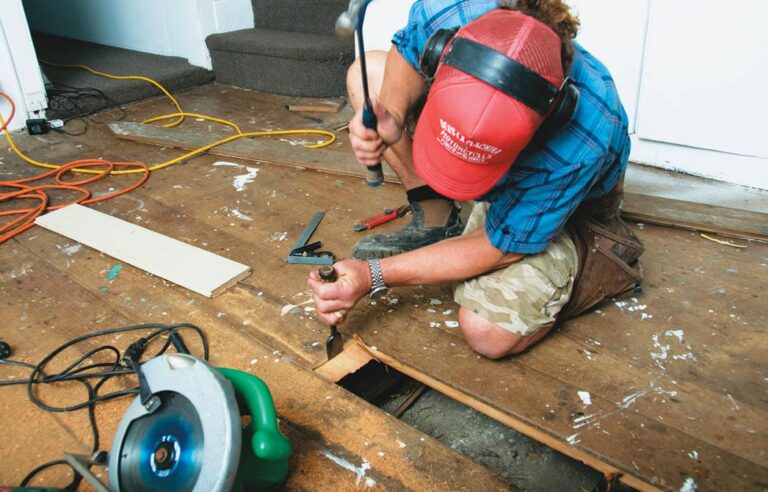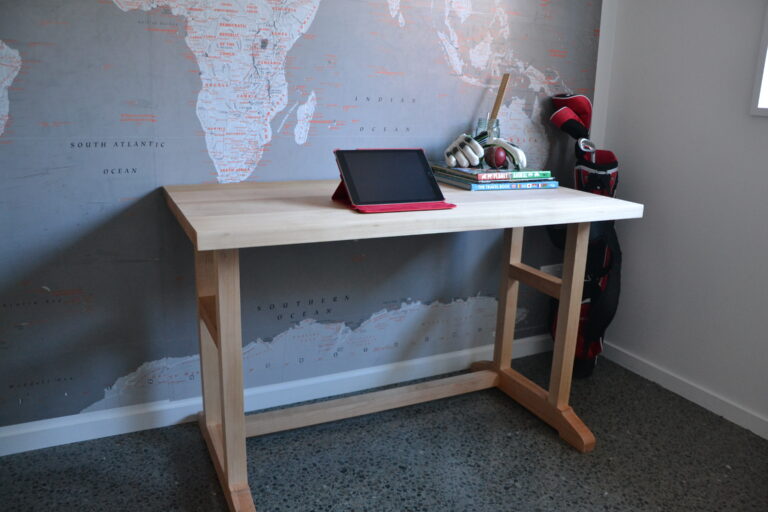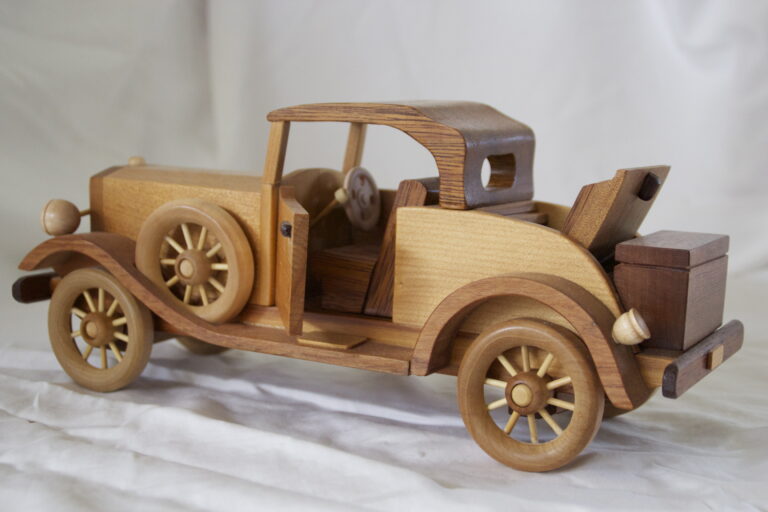
Kaizen in wood
Kaizen is Japanese for a philosophy of continuous improvement, or working methodically seeking to achieve small, incremental changes in the process of improving. This term has been particularly championed by Toyota Motor Corporation as a process to facilitate change within that organisation.
For me, it epitomises my woodworking journey since retirement. I had dabbled in bigger stuff—from building and construction to boat-building (three launches) and fitting out—as sidelines and sanity savers during my years in corporate life.
But when I turned to small and delicate it necessitated a rethink. Thus “kaizen,” which seems to have been driving incremental changes in what and how my projects have evolved.

